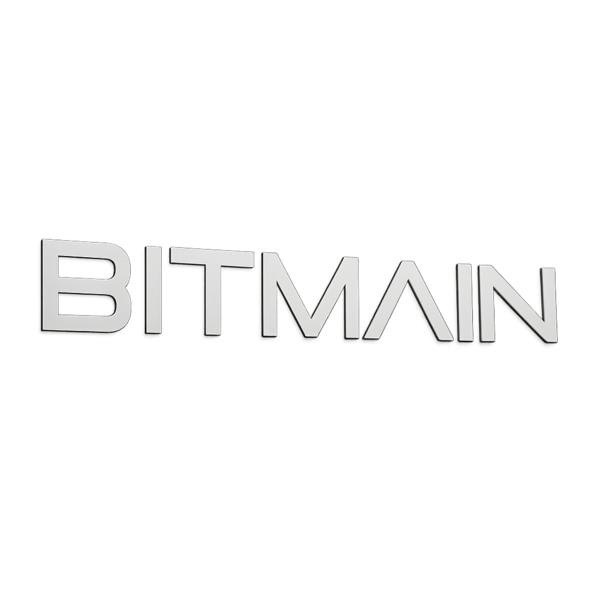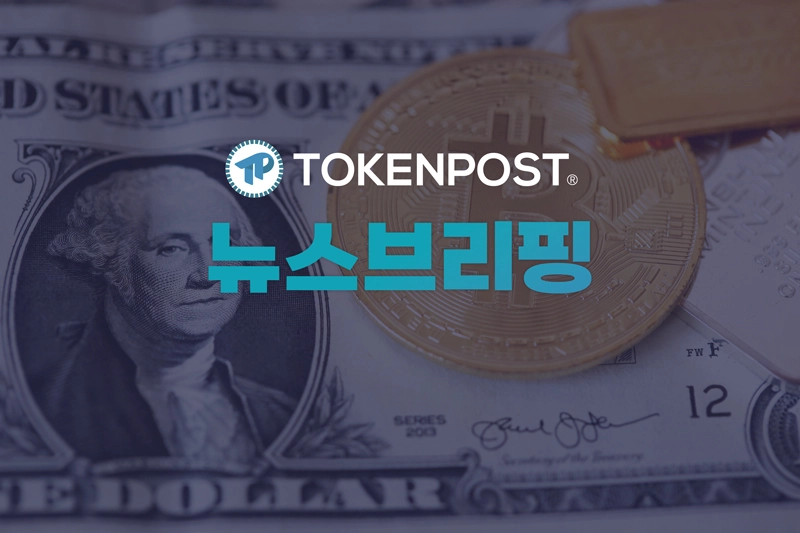
Ethereum (ETH) mining and investment company 'BitMine Immersion Technologies' announced on the 24th (local time) that it holds a total of 21 billion dollars (approximately 28.8 trillion won) worth of ETH. This is the largest holding for a single company across private and public enterprises.
BitMine stated that it holds a total of 566,776 ETH, with an average purchase price of $3,643.75 per coin. This represents approximately 0.47% of Ethereum's total supply of about 120 million coins. The company revealed that its long-term goal is to hold and stake 5% of the total Ethereum supply.
Board Chairman Tom Lee emphasized, "At a time when institutional investors are intensifying their digital asset holding strategies, we are focusing on Ethereum as a core asset" and "We are actively moving towards our 5% target".
Originally a Bitcoin mining company, BitMine has shifted its strategy since the end of June to focus on Ethereum investments. Particularly, on July 8th, they completed raising a private fund of $250 million, continuing large-scale purchases. This approach reflects the trend of traditional companies positioning Ethereum as a long-term held asset.
In fact, BitMine is not the only company focusing on Ethereum. Digital sports marketing company SharpLink has been implementing an ETH purchase strategy since May, holding $1.3 billion, and companies like BitDigital, The Ether Machine, and GameSquare are also increasing their Ethereum investment proportions.
With companies continuing to buy, ETH prices have shown strength. According to CoinGecko, ETH recorded $3,733, a 3.7% increase in the last 24 hours, with a cumulative increase of 31% over two weeks. This is about $1,000 below its all-time high of $4,891 recorded in November 2021.
Ethereum's price rebound is interpreted as a result of a complex interplay of increased institutional demand for Layer-1 blockchains, restored confidence in staking revenue models, and the trend of actively utilizing digital assets in corporate financial strategies.







